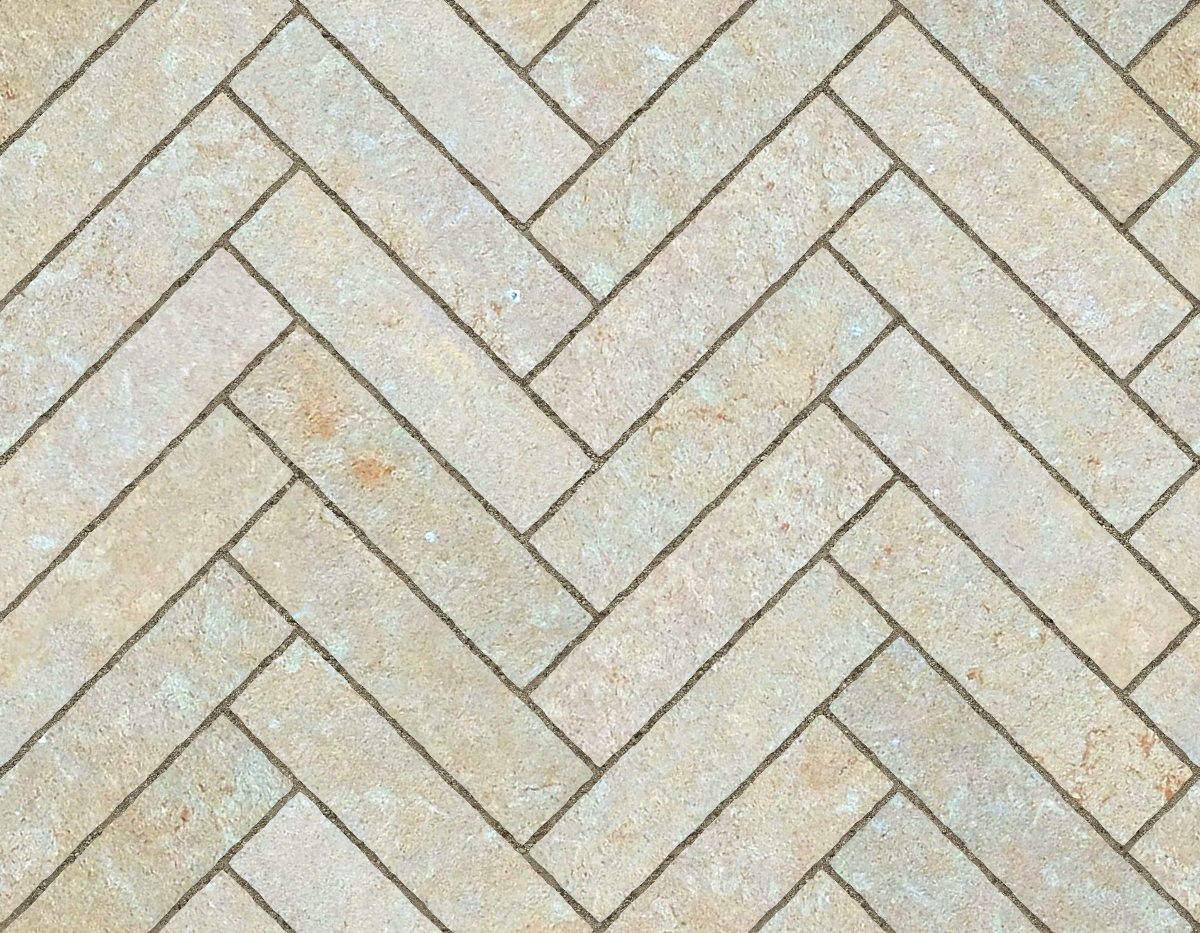Reconstituted Stone Herringbone
Category
Stone
Download
Edit
Reconstituted stone is a popular aggregate stone product within the architecture and construction sectors. It is formed by taking the mould of an authentic stone surface and casting it, thus offering the potential for a variety of textures, colours, and patterns. Seen as a durable, cost-effective alternative to its natural counterpart, reconstituted stone is often used for both internal and external applications, particularly in cladding for building facades and walls, external details such as window sills, and internal feature surfaces.
A seamless stone texture with reconstituted stone arranged in a herringbone pattern. Seamless textures can be tiled repeatedly across a surface without visible seams making them useful for architectural drawings and 3D models. This image can be used as a SketchUp texture, Revit material or imported into Photoshop for use in 2D illustrations. A high resolution version of this texture is available, as well as CAD hatches and PBR maps with Architextures Pro.

